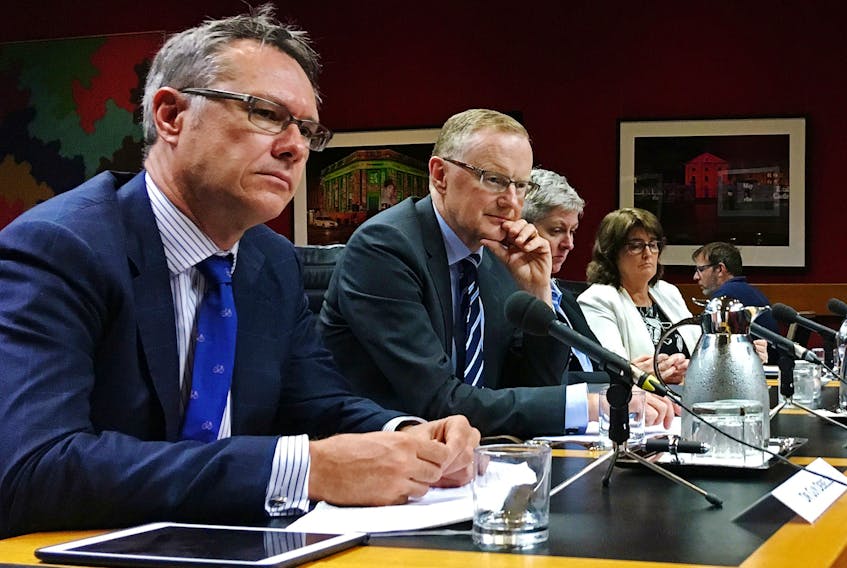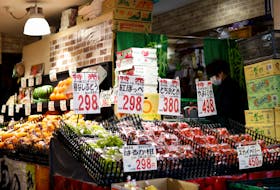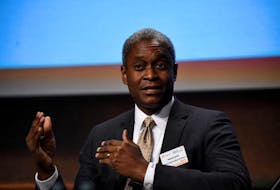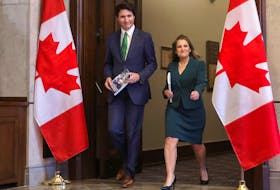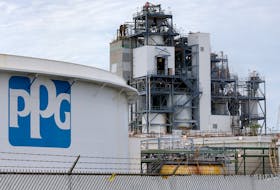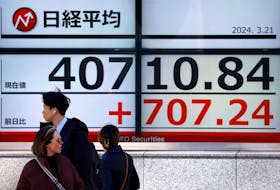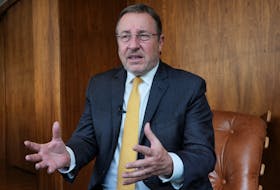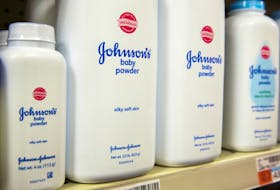By Wayne Cole
ADELAIDE (Reuters) - Australia's top central banker on Thursday said a recent cut in interest rates would not be enough to revive economic growth, an unusually blunt declaration that led markets to narrow the odds on another easing as early as July.
Reserve Bank of Australia (RBA) Governor Philip Lowe said it was "unrealistic" to think that the single quarter-point cut in rates to 1.25% would work on its own and called for the government for more action on fiscal stimulus.
"The most recent data – including the GDP (gross domestic product) and labor market data – do not suggest we are making any inroads into the economy's spare capacity," said Lowe in a marked shift from his normally optimistic tone.
Annual growth in the economy slowed to a decade low of 1.8% in the March quarter while the jobless rate has ticked up to 5.2% from a low of 4.9% in February. Inflation and wages growth have also been more subdued than the bank previously expected.
Lowe said Australia could, and should, push unemployment down to 4.5% and easing policy would help deliver that goal.
Investors reacted by sharply lifting the probability of a July rate cut to 76% <0#YIB;>, from less than 50% before Lowe's speech. The RBA's next policy meeting is on July 2.
A move to 1% is more than fully priced by August, and yet a further easing to 0.75% by Christmas.
"Lowe's comments signal that another cash rate cut is imminent," said Kristina Clifton, a senior economist at CBA. "We now expect the next 25 basis point cut to be delivered in July rather than August."
The RBA is hardly alone in easing, with both the U.S. Federal Reserve and the European Central Bank this week reversing course and opening the door to new stimulus.
That shift took a toll on the U.S. dollar and euro, and even helped the Australian dollar edge up from five-month lows. The Aussie was last up 0.1% at $0.6890.
BORROW TO INVEST, PLEASE
Lowe also repeated a call for government action, including by borrowing to invest in new infrastructure. He argued that with 10-year bond yields at a record low of 1.3%, there had to be infrastructure projects that would generate a higher return for the nation.
Traditionally the RBA avoids commenting on fiscal policy, so Lowe's very public pleas for help have been taken as a sign of his urgency.
So far, however, the newly re-elected conservative government of Prime Minister Scott Morrison has played down the need for fiscal stimulus and remains committed to returning the budget to surplus in 2019/20.
The surplus was a major plank of its surprise election win and will be politically hard to relinquish. The ruling Liberal National coalition has long been wedded to small government and spent the past decade demonising high public debt.
Some analysts suspected the government's stance would eventually change.
"We expect the Government will respond to the Bank’s call with additional fiscal stimulus later this year, once the weaker economy overrides the political objective of achieving a budget surplus," said NAB group chief economist Alan Oster.
Such stimulus could include bringing forward planned tax cuts, cash handouts and increased near-term infrastructure spending, said Oster.
NAB also joined CBA in shifting to July for the next rate cut, from August previously.
(Reporting by Wayne Cole; Editing by Shri Navaratnam and Sam Holmes)

